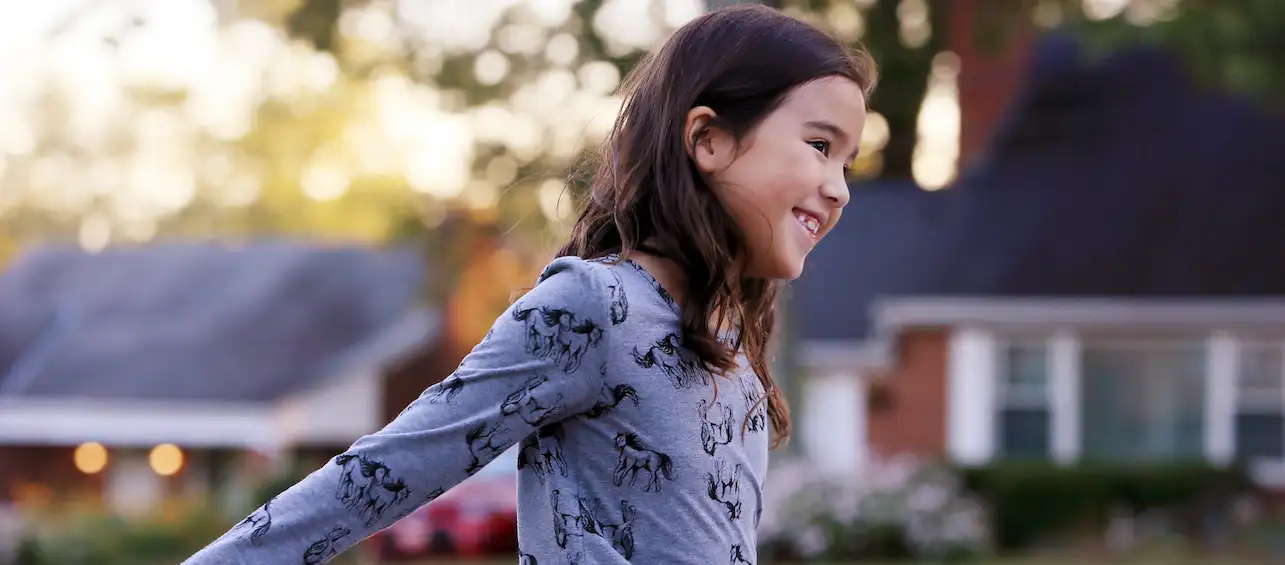Growing pains are deep, cramping pains that occur in childhood, most often in the lower legs. They occur most often in kids ages 3-12. I see them in about 15-20% of my patients.
Growing pains can be frustrating for both parents and children to deal with. The good news is there are no harmful long-term effects shown to come from growing pains. Here are some tips for managing these pains in your child and when to call the doctor.
Where do growing pains occur?
Growing pains typically occur in the shin and calf—so below the knee at either the front or back of the leg. Sometimes kids also complain of pain in the thigh, though that’s less common.
For most kids, these pains tend to happen late in the evening or overnight. They can wake kids up from their sleep.
How often do growing pains occur?
Growing pains tend to be chronic, which means your child will experience them over and over. It’s not typically just a one-time pain. Rather than occurring every day, it’s more likely that growing pains will be clustered—your child may have them few nights in a row, followed by a few days where they don’t occur. They may experience some a couple days each week, or just a few times a month.
How long do growing pains last?
Kids can experience growing pains over the course of a year or so. It can take a while for them to completely go away.
What are common signs of growing pains?
- Pain occurs in the evening or overnight.
- Pain tends to be bilateral, occurring on both sides of the body—so in both the left and right legs.
- Pain doesn’t limit children from normal activities.
- Pain tends to occur on days when kids are very physically active.
- Pain is chronic.
Why do growing pains occur?
We don’t know for sure why growing pains happen. The term “growing pains” is somewhat misleading. One common misconception is they happen at times of rapid growth. This is not true. They also do not occur in the growth plates of your child’s bones.
There are many theories about growing pains. They probably occur due to a combination of reasons.
Are growing pains harmful to my child?
No, there are no long-term effects that have been shown to come from having growing pains.
What can I do to help relieve my child’s pain?
The following may help ease growing pains:
- Use a heating pad
- Massage the area
- Give acetaminophen or ibuprofen
- Stretching
One important note: Growing pains are not a reason to restrict activity. Have your child get out and play and do their normal activities. Resting the legs due to growing pains is not needed.
When to call the doctor
It’s always best to see your pediatrician to have any unusual pains checked out. Your doctor can go over what to expect throughout the natural course of growing pains, and give you input on what to do if your child’s pains get worse.
Call the doctor about growing pains if:
- Your child is experiencing pain every single night
- Your child is experiencing pain during the day
- Your child is limping or their pain limits them from doing normal activities
- Pain is only on one side of your child’s body (just the left leg, or just the right leg)
- There are other symptoms with it, i.e. fever
- Pain involves a joint, such as over the knee or ankle
- Pain seems to be getting worse






